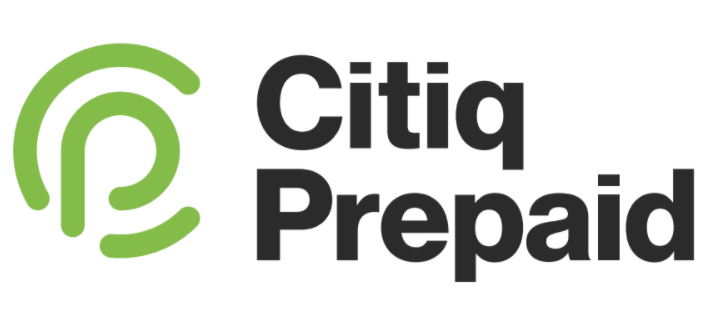Have you ever wondered why electricity is measured in kWh when all it actually is, is energy? Most people are quite comfortable when it comes to measuring energy in calories or kilojoules (kj), such as when ‘counting calories’ for a new diet or ‘burning kilojoules’ on the treadmill. So why do we buy ‘units’ of electricity and get charged for usage in ‘kWh’ when theoretically speaking, your utility bill could say that you’ve used x amount of calories in a month and technically it wouldn’t be wrong. So instead, electrical energy is measured in the power used over a certain amount of time. Power is measured in Watts (kilo-Watts), and Energy is measured as kilo-Watts used for one hour (kWh).
So, for fun, you might be interested in converting energy units into kWh:
One Calorie is about 0.00116222 kWh, One Kilojoule is about 0.000277778 kWh
Said differently, one kWh is about 860 Calories or 3600 kJ. If your house used 500 kWh in a month that amounts to 1’800’000 kJ of energy!
More seriously, let’s look at ways you can use this information to your advantage when it comes to general electricity usage:
How much electricity do your appliances use?
Understanding how your electricity usage is measured and how much electricity your appliances use can help you to work out which of your appliances are costing you the most per hour to run. Using that information you can cut back on usage and save electricity. The easiest way to find out how much electricity your appliances use is by looking for the wattage on the bottom or back of the appliance. There is normally a stamp or sticker that lists the maximum power drawn by the appliance. Remember that many appliances have a range of settings that will affect power consumption, eg. a fan set at max speed uses more power than one set at a lower speed. We’ve also put together a helpful blog that provides some tips on how to choose energy-efficient appliances.
To find the daily energy consumption you can use the following formula:
(Wattage × Hours Used Per Day) ÷ 1000 = Daily Kilowatt-hour (kWh) consumption
Here’s a helpful explainer video to show you how different appliances energy consumption is calculated
To work out what using the appliance costs you, multiply the energy used (kWh) by the cost of electricity – called a Tariff – for your municipality. You can find the kWh cost of electricity on your municipality by looking at your electricity bill or your municipality website
It can make a huge difference to your energy bill at the end of the month if you make simple changes around the house, or choose energy-efficient appliances. Remember when there was a huge drive to swap all of your old incandescent bulbs for new energy-saving bulbs? There’s a good reason for that, here’s why:
Incandescent light bulbs are old lighting technology, and on average operate at about 100-Watts, versus the most advanced lighting technology on the market, the LED, that draws about 8-Watts. That’s a saving of 92 Watt-hours if the bulbs are on or an hour, or 0.092 kWh.
How does Eskom bill you for your electricity?
For Eskom’s small customer tariffs, electricity is billed as an “energy charge”, which is calculated in cents per kilowatt-hour (c/kWh). Energy charge means the charge for each unit of energy consumed. You can find out the kWh cost in your municipality by looking at your electricity bill; as the charge differs per household depending on the tariff which is determined by how much electricity the household uses.
So, there you have it! This is why your electricity usage is measured in kWh. If you found this information interesting, please share it.

